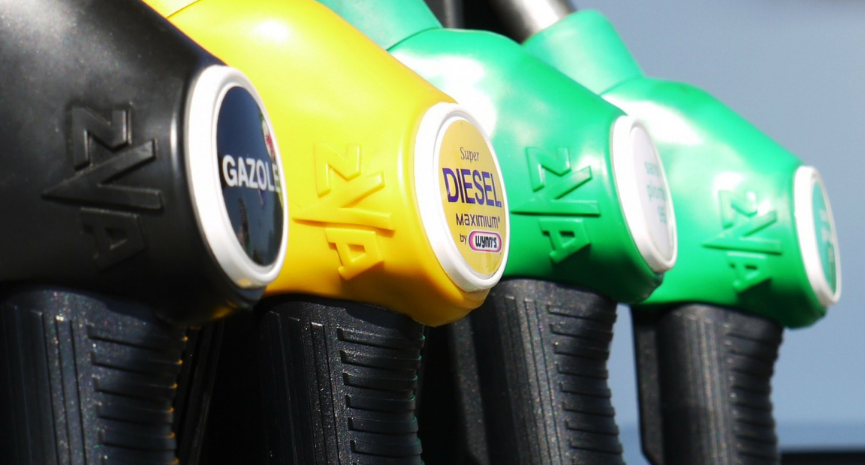
How Well Is Oil and Gas Price Doing in Malaysia?
Everyone knows that the oil and gas sector tend to be volatile. Its pricing is no different. We will often hear of the oil and… Read More »How Well Is Oil and Gas Price Doing in Malaysia?

Everyone knows that the oil and gas sector tend to be volatile. Its pricing is no different. We will often hear of the oil and… Read More »How Well Is Oil and Gas Price Doing in Malaysia?

If you work in an oil and gas company or industry, there’s a good chance you have heard of the following: upstream, downstream, and mid-stream.… Read More »Upstream and Downstream Oil and Gas Production